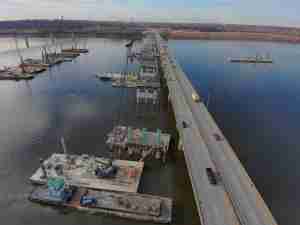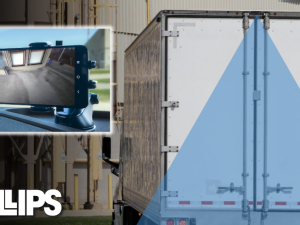Full Truckload Market Overview

Rates: Our price index declined 8.5% MoM in April. As we predicted last month, rates continued to hover near March lows without much strength for a sustained appreciation. This is because rates are rising in the southern states while falling in the northern states, creating a counterbalance that keeps the index stable
- In the last week of the month, prices fell in Texas and Georgia, bringing the index to a new YTD low. However, this drop should be temporary as both regions are experiencing pent-up demand this spring.
- Sonar's OTRI behaved similarly to our price index. Rejections started the month at 3.7%. There was a small bump in the middle of the month, and they rose above 4%, but around the 18th, a downward trend set in, and they ended the month at 3%.

Volumes: Our volume index decreased 5.5% MoM in March. Volumes were strong in the first week due to an increase in bookings in Texas, declined in the second week and quickly recovered as bookings increased in Ohio and again in Texas.
- Key sectors such as consumer goods and food & beverages lost momentum in April.
- Sonar's OTVI was up 5% MoM. After falling ~8% in late March/early April, the index gradually recovered to levels near its year-to-date high.
Our model predicts that spot rates will increase from $2.49 in April to $2.54 in May.
- Rates are expected to improve modestly in the coming months, driven by seasonality. They should end the year with an increase of only ~10% from current levels.
- We do not foresee any structural changes in the truckload market that would lead to more robust rate increases in the near term. The market is oversupplied with carriers and will remain so until about Jul '25.
- Prices are expected to reach $2.64 in July and $2.76 in Dec '24 and continue to rise until Mar '25, when they peak at $2.81, 27% below the Jan'22 high.

Freight & Economics
Is the weather catalyzing more freight demand?
- Based on the latest forecast, we expect the truckload market to remain soft for the remainder of the year. However, the $2.5 average all-in rate observed in March is likely the floor for 2024 as we see signs of seasonal rate increases in specific regions that may help keep the national dry van rate above this level.
- Figure 4 illustrates the month-over-month change in average monthly rates for key market areas (KMAs) in the U.S. as of April. The map shows a widespread recovery of carrier rates across the southern U.S., extending into Arizona and California, likely spurred by the produce season.

- Average rates in Florida, Alabama, Mississippi, Texas, and California began to trend downward after December, and it was only in April that rates started to rise again.
- Conversely, in the northern states, excluding the Northwest, rates continued to fall during March and April, reaching levels close to their 2023 lows.
- If this trend continues in the northern regions, we expect the national spot rate to increase slightly as warmer summer weather could drive more market activity.
The "rebirth" of industrial production and freight demand
- Industrial production rebounded in Q1 2024, driven by high-value-added industries such as chemicals and automobiles. Total industrial production rose 0.44% in Feb and 0.4% in Mar.
- We may soon be at a tipping point for the manufacturing industry. The Infrastructure Investment and Jobs Act, the CHIPS Act, and the Inflation Reduction Act legislation passed in 2021-2022 helped fuel an unprecedented manufacturing investment cycle. Total construction spending associated with manufacturing grew by ~200% from 2021 to 2023 - Figure 5.

- All of the investments to expand industrial capacity are expected to pay off slowly. Oregon Economic Analysis expects industrial production to be flat in 2024 but to grow by an average of 1% QoQ in 2025-2030.
- Since 2021/2022, high-value-added industries have shown robust growth trajectories, while low-value-added sectors have continued to decline. This divergence is likely to become more pronounced in the coming years as these government incentives favor high-value-added sectors. Figure 6 displays the growth in industrial production of some of the most freight-intensive industries.

If the industrial "rebirth" occurs, it will be concentrated in a few sectors, while some large freight-intensive sectors are likely to continue to shrink. Given the decline in these sectors, it is difficult to foresee a recovery in freight demand driven by industrial production in the coming years.













